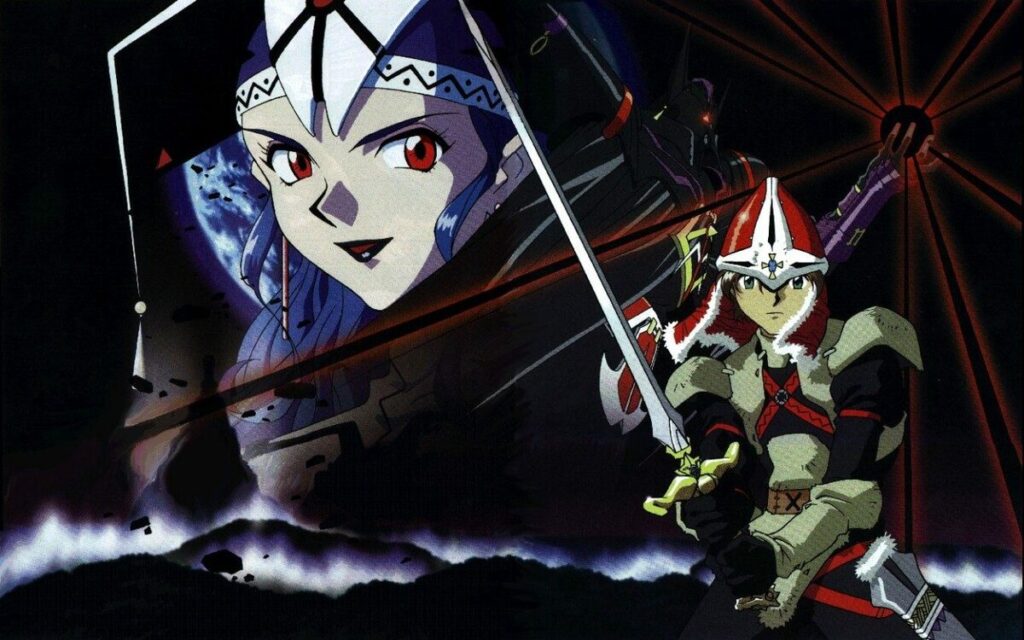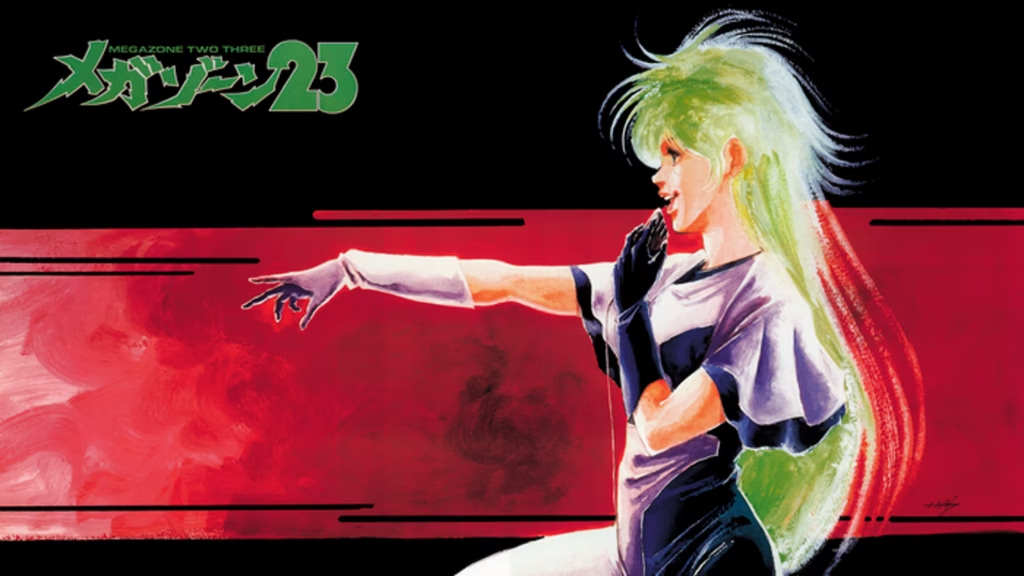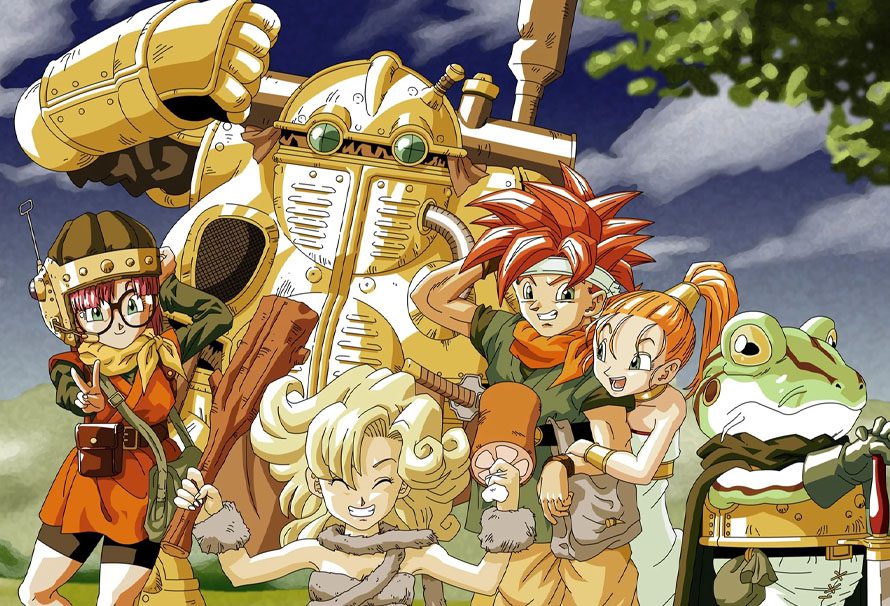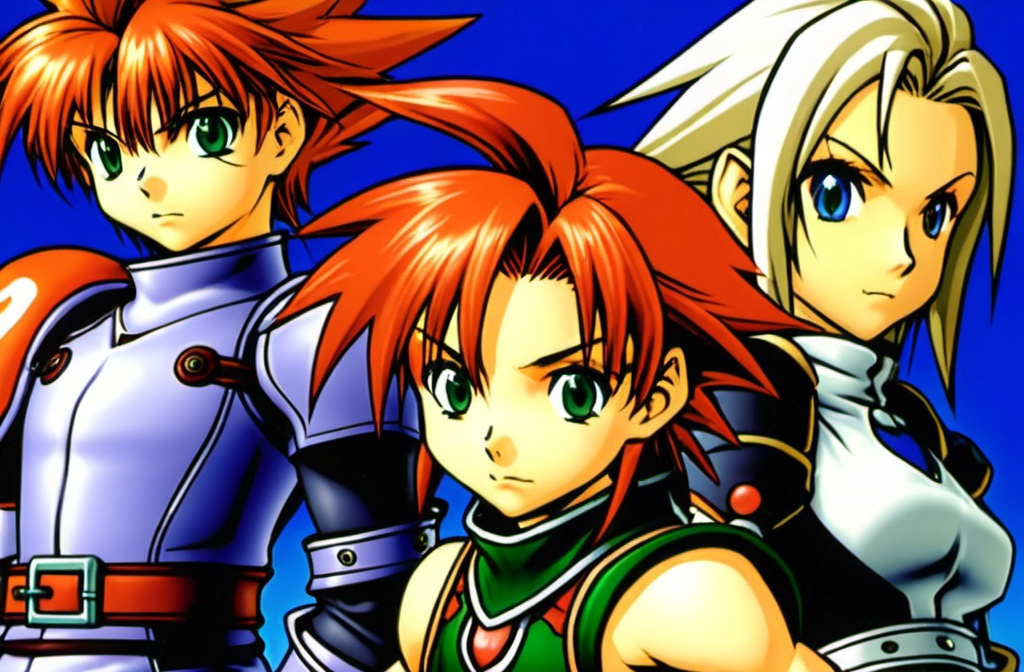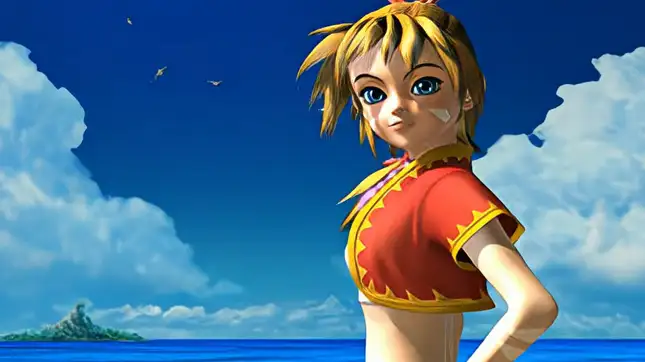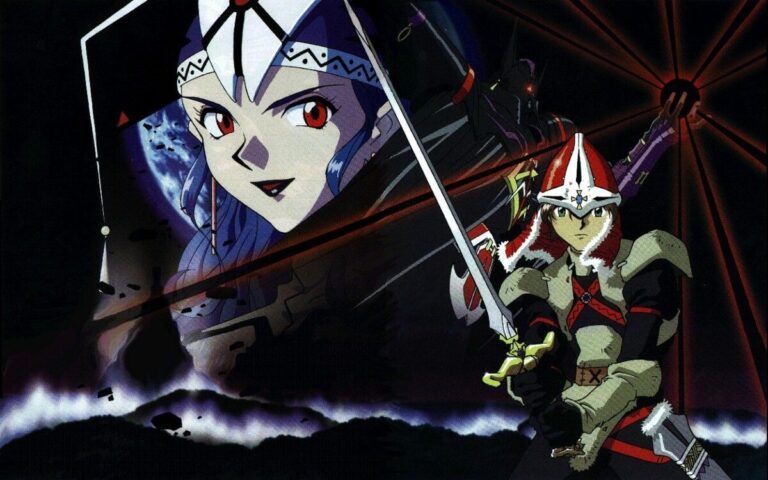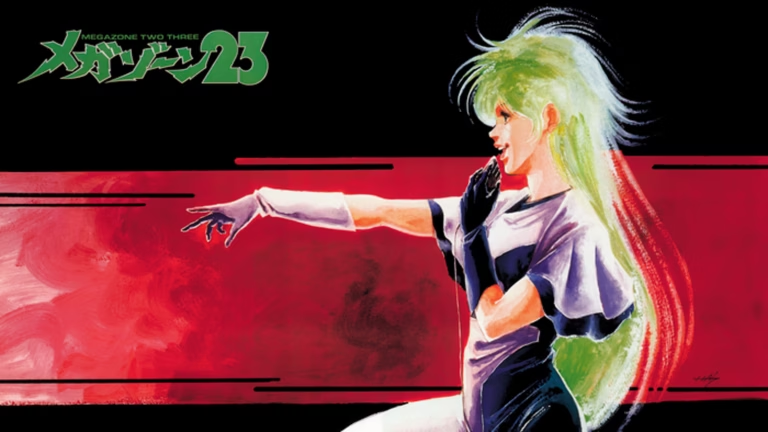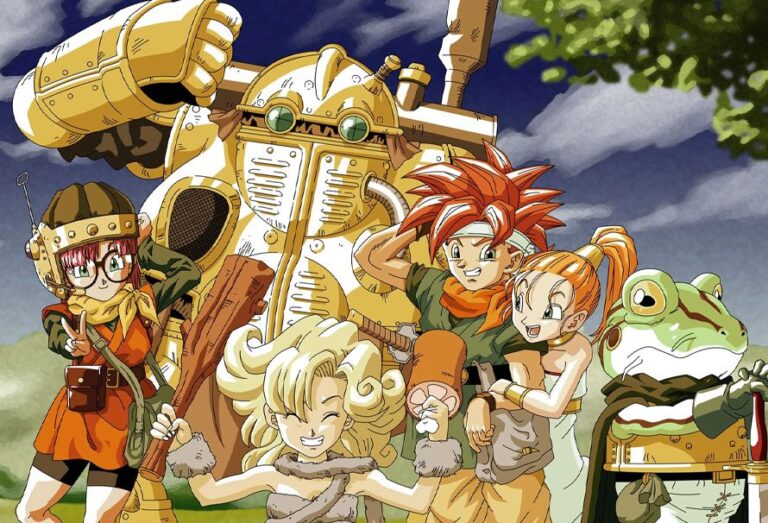Game data not found.
Final Fantasy IV stands as a monumental achievement in the realm of role-playing games (RPGs), marking a pivotal moment in the history of the Final Fantasy series. Originally released in 1991 for the Super Nintendo Entertainment System (SNES), this game brought a new level of narrative depth and character complexity that has influenced countless RPGs since. This article delves into the story, gameplay, graphics and sound, as well as the legacy and reception of Final Fantasy IV, offering a comprehensive review of this timeless classic.
Story
The story of Final Fantasy IV is a rich tapestry of heroism, redemption, and the eternal battle between light and darkness. The protagonist, Cecil Harvey, is a dark knight serving the kingdom of Baron. As the captain of the Red Wings, Baron’s elite air force, Cecil becomes disillusioned with the king’s increasingly tyrannical actions, particularly the unprovoked attacks on peaceful nations to seize their elemental crystals. These crystals are said to hold immense power, and their acquisition becomes a central plot point.
Cecil’s journey from darkness to light is the heart of the narrative. After questioning the king’s motives, Cecil is stripped of his command and sent on a mission with his friend Kain Highwind, a dragoon. This mission sets off a chain of events that lead Cecil to question his own identity and purpose. It is a story of personal growth as Cecil struggles with his dark past and ultimately seeks redemption by becoming a paladin, a warrior of light.
The game introduces a colorful cast of characters, each with their own motivations and arcs. From Rosa, Cecil’s love interest and a white mage, to Rydia, a young summoner with a tragic past, and Kain, whose loyalty is tested by darker forces, these characters add depth and emotional weight to the story. Final Fantasy IV is notable for its narrative-driven approach, with character development taking center stage, a rarity for RPGs at the time of its release.
The plot thickens as Cecil and his allies race against time to prevent the antagonist, Golbez, from gathering all the crystals and unleashing a cataclysmic force known as the Giant of Babil. The story takes players through a wide range of settings, from the lush forests of Mysidia to the futuristic Tower of Zot and even to the moon itself. This epic journey is filled with unexpected twists, betrayals, and sacrifices, culminating in a climactic battle that tests the bonds of friendship and the power of light.
Gameplay
Final Fantasy IV introduced several groundbreaking gameplay mechanics that have become staples in the RPG genre. One of its most significant innovations is the Active Time Battle (ATB) system. Unlike its predecessors, which used a purely turn-based combat system, Final Fantasy IV’s ATB system adds a real-time element to battles. Characters and enemies have a gauge that fills over time, and once full, they can execute an action. This system requires players to think more strategically and react quickly, adding a dynamic layer to the combat.
The game features a fixed party system, where players control a set group of characters with predefined roles and abilities. This design choice emphasizes the importance of mastering each character’s unique skills and forming strategies around their strengths and weaknesses. For example, Cecil, as a paladin, can use white magic and powerful melee attacks, while Rydia can summon powerful creatures and cast black magic spells.
Exploration in Final Fantasy IV is both rewarding and challenging. Players navigate through diverse environments, from sprawling towns to treacherous dungeons, each filled with hidden treasures and formidable foes. The world map allows for free exploration, and the use of airships aids in traversing vast distances quickly, adding to the sense of adventure and discovery.
The game also introduces the concept of character classes, with each character having a specific job or role that dictates their abilities and growth. This system encourages players to experiment with different party compositions and strategies to overcome the many challenges they face.
Graphics and Sound
For its time, Final Fantasy IV was a visual marvel, showcasing the SNES’s capabilities with its vibrant 16-bit graphics. The character sprites are expressive, and the environments are richly detailed, ranging from lush forests to fiery volcanoes and icy caverns. The game’s art direction is consistent with its fantasy setting, creating an immersive experience that draws players into its world.
The sound design is equally impressive, composed by the legendary Nobuo Uematsu. The soundtrack of Final Fantasy IV is iconic, featuring some of the most memorable themes in the series. From the hauntingly beautiful “Theme of Love” to the rousing “Battle Scene,” the music enhances the emotional impact of the story and the excitement of battles. The use of leitmotifs, or recurring musical themes associated with specific characters or events, adds an additional layer of depth to the narrative.
Sound effects also play a crucial role in the game’s atmosphere, with each action in battle accompanied by distinct audio cues that add weight to each attack and spell. The combination of graphics and sound in Final Fantasy IV creates a compelling and immersive experience that was groundbreaking for its time.
Legacy and Reception
Upon its release, Final Fantasy IV was met with critical acclaim, praised for its engaging story, innovative gameplay mechanics, and impressive audiovisual presentation. It set a new standard for storytelling in RPGs, with its complex characters and emotional depth influencing many subsequent games in the genre.
The game’s legacy is evident in its numerous re-releases and remakes over the years. From the PlayStation to the Game Boy Advance and various mobile platforms, Final Fantasy IV has been accessible to new generations of players, each version introducing enhancements and additional content. The 3D remake for the Nintendo DS, in particular, brought the game to life with fully rendered polygonal graphics and voice acting, further cementing its status as a classic.
Final Fantasy IV’s influence extends beyond the realm of video games. Its themes of redemption, friendship, and the struggle between light and darkness have resonated with fans worldwide, inspiring adaptations in other media, including novels and an anime series. The game’s characters, particularly Cecil and Kain, have become iconic figures in the Final Fantasy franchise, often appearing in spin-offs and crossover titles.
Conclusion
Final Fantasy IV is more than just a game; it is a cultural landmark in the world of RPGs. Its innovative gameplay, compelling story, and memorable music have left an indelible mark on the gaming industry, influencing countless titles that followed. As a pioneer of narrative-driven gaming, it paved the way for future installments in the Final Fantasy series, each building upon the foundations it established.
For both longtime fans and newcomers, Final Fantasy IV remains a must-play experience. Its timeless appeal and enduring legacy continue to captivate players, proving that great storytelling and innovative design are truly timeless. Whether you’re reliving the adventure or embarking on it for the first time, Final Fantasy IV is a testament to the power of video games to tell unforgettable stories and create lasting memories.





